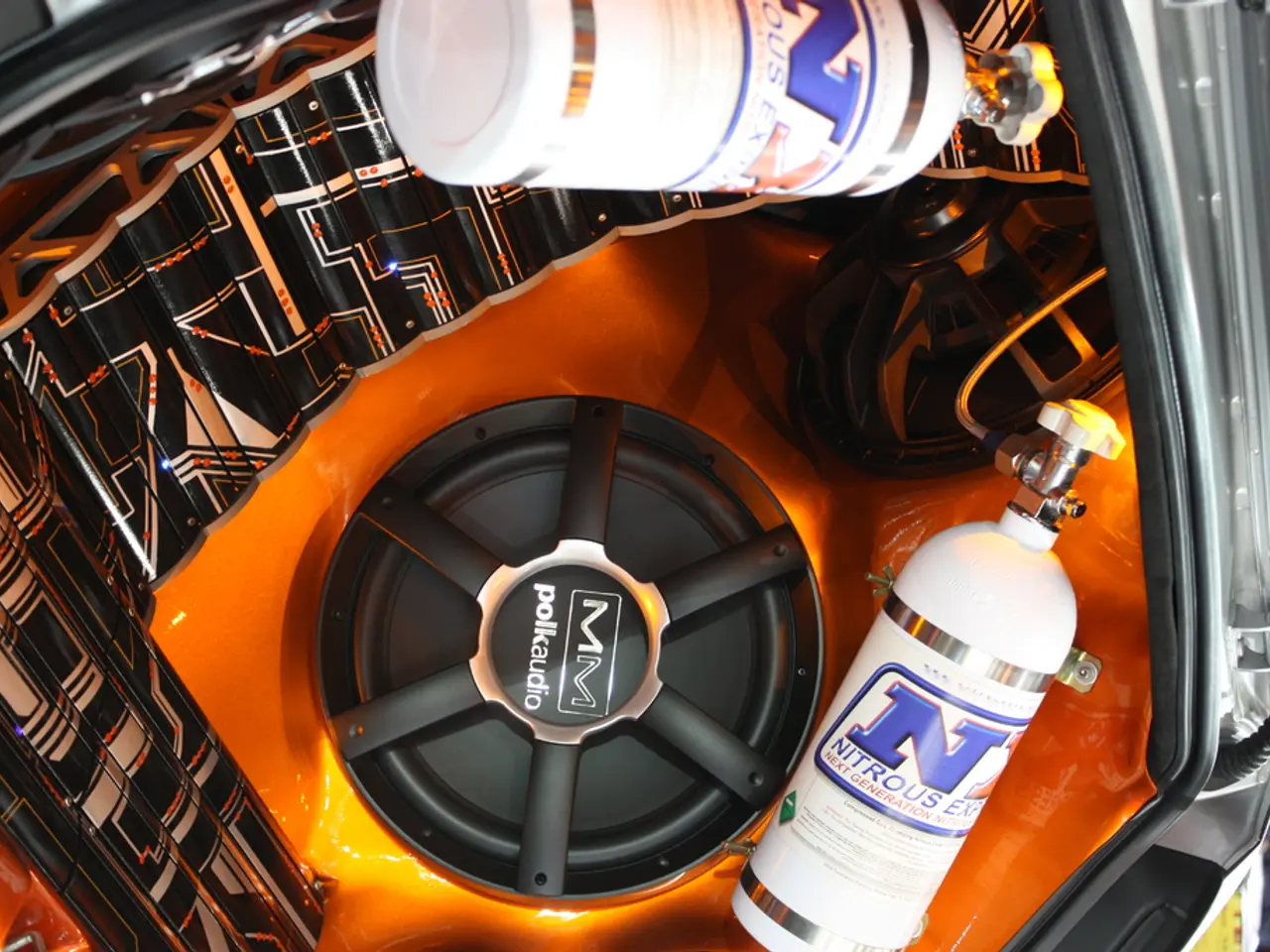Exploring a Nearby Neighbor: Assessing the Viability of a Journey to Sedna, the Planetoid
In the far reaches of our Solar System, beyond the orbit of Neptune, lies a realm of trans-Neptunian objects (TNOs), one of which is the enigmatic dwarf planet Sedna. A mission to Sedna, similar to the New Horizons spacecraft's journey to Pluto and other TNOs, presents both new practical challenges and significant scientific opportunities.
**Practicalities**
Two primary propulsion methods are being considered for a mission to Sedna: nuclear propulsion, including the Direct Fusion Drive (DFD), and solar sails. Each offers unique capabilities and trade-offs.
**Nuclear Propulsion/Direct Fusion Drive (DFD)**
DFD, an experimental technology, offers high specific impulse and continuous thrust, potentially reducing travel time to Sedna by about 50% compared to traditional chemical rockets. Current modeling suggests that DFD could deliver a substantial payload (up to 1,500 kg) to Sedna in under 10 years[3][2]. However, using constant thrust to further reduce travel time increases propellant requirements, which reduces the available payload mass for scientific instruments—roughly by one-third. Nevertheless, DFD remains capable of carrying more comprehensive scientific suites than solar sails[3]. Technical challenges include reactor miniaturization, radiation shielding, and reliable fusion ignition and maintenance during the mission[3][4].
**Solar Sails**
Solar sail technology, especially when assisted by gravity assists (e.g., from Jupiter), can achieve fast transit times—as little as 7 years to Sedna[3][1]. However, solar sails are best suited for lightweight payloads—around 1.5 kg—which limits the mission to compact instruments like spectrometers, magnetometers, and cameras[3]. They require perfect deployment and management over long distances, and are limited by the availability of sunlight and maneuverability in deep space[3].
**Mission Window and Distance**
Sedna’s closest approach (perihelion) occurs only once every 11,000 years, with the next opportunity in 2076. This presents a rare window for exploration before it recedes back into the far outer solar system[1][2]. At perihelion, Sedna will be about 7 billion miles (over 70 AU) from the Sun, making it one of the most distant objects ever visited by a spacecraft[1][2].
**Potential Benefits**
A mission to Sedna offers a tantalizing opportunity to learn more about the early formation of the Solar System. Sedna’s highly elliptical orbit and classification as a sednoid (inner Oort Cloud object) make it a unique probe into the early solar system and the formation processes beyond Neptune[2]. Its reddish surface, extremely low temperatures (down to −240°C), and potential for complex organic chemistry could reveal new information about the chemistry of the outer solar system and the origins of life’s building blocks[2]. Studying Sedna’s orbit and any potential satellites or unusual features could provide insights into gravitational influences from the early solar system or undiscovered distant bodies[2].
Technologically, a successful mission to Sedna would represent a leap forward in deep space exploration capabilities, paving the way for future missions to even more distant targets[1][3]. Advances in miniaturization and autonomy could expand the scientific return from both propulsion methods[3].
**Summary Table: DFD vs. Solar Sail Propulsion for Sedna**
| Feature | Direct Fusion Drive (DFD) | Solar Sail (with Jupiter assist) | |-----------------------------|------------------------------------------|---------------------------------------| | Payload Capacity | Up to 1,500 kg (reduced with constant thrust) | ~1.5 kg (lightweight instruments) | | Travel Time | <10 years (potentially faster) | ~7 years | | Fuel/Energy Requirements | High (fusion fuel, propellant) | None (solar photons, gravity assist) | | Development Status | Experimental, requires R&D | More mature, but needs improvement | | Scientific Payload | Comprehensive instruments | Lightweight, limited instrumentation |
In conclusion, a mission to Sedna using advanced propulsion methods is both ambitious and timely, offering a rare scientific opportunity and a testbed for next-generation space technologies. While each propulsion method has its trade-offs—payload capacity vs. speed and complexity vs. simplicity—both could dramatically expand our understanding of the outer solar system and set the stage for future exploration[2][3][1].
The choice between nuclear propulsion, specifically the Direct Fusion Drive (DFD), and solar sails for a mission to the distant dwarf planet Sedna, steeped in scientific mystery, presents significant technological advancements in space-and-astronomy. Employing DFD could potentially reduce travel time by half, offering the chance to carry comprehensive scientific instruments, while solar sails, aided by gravity assists, could reach Sedna in as little as 7 years with lightweight instrumentation like spectrometers, magnetometers, and cameras.




